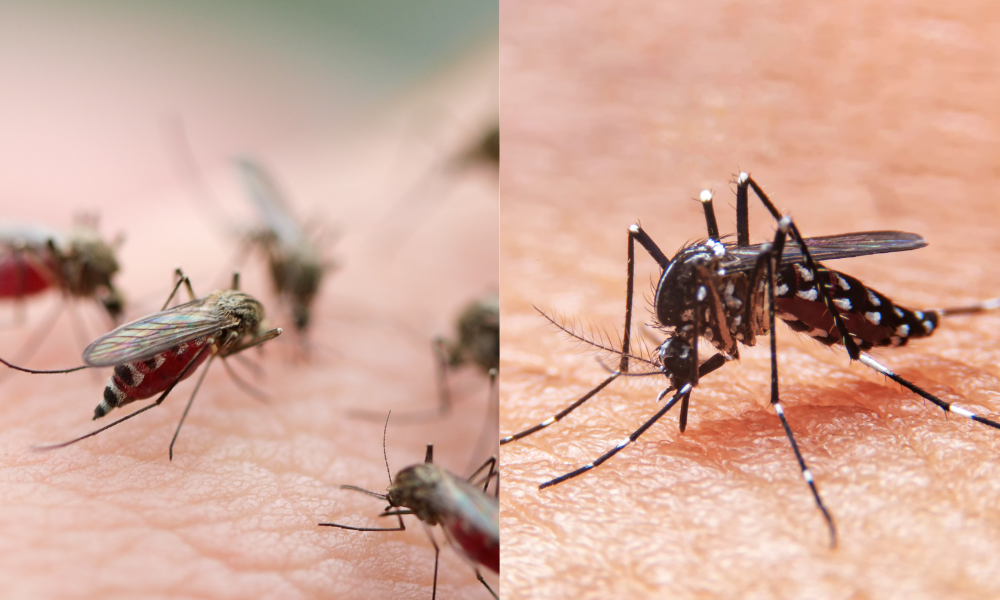By
Today, April 25, marks Malaria Day, aimed at raising awareness about this disease and accelerating the fight against it for a more equitable world.
Malaria is caused by Plasmodium parasites transmitted through the bite of infected female Anopheles mosquitoes.
While it’s not contagious between humans, untreated or mistreated cases can lead to fatalities, especially among vulnerable groups like travelers from malaria-endemic areas, children, pregnant women, refugees, and migrants.
Dr. Shondra Wintz, an Internal Medicine and Infections Disease Doctor, shed light on the symptoms of malaria.
These symptoms, such as fever, joint pain, headache, nausea, vomiting, and sometimes diarrhea, can be nonspecific and mimic other conditions.
However, if experienced after traveling to an endemic area, seeking medical attention is crucial as it may indicate an emergency.
Symptoms typically manifest a few weeks after being bitten by an infected mosquito.
Additionally, certain types of malaria parasites can lay dormant in the body for up to a year.
There are two main methods of diagnosing malaria: microscopy and rapid testing.
Microscopy involves a lab technician examining blood samples under a microscope to identify parasites, while rapid tests detect specific antigens produced by malaria parasites through a simple prick.
It’s imperative to consult a healthcare professional if you experience fever while residing in or after traveling to a high-risk malaria region.
In cases of severe symptoms, seeking emergency medical attention is advised.
By understanding the symptoms and seeking timely diagnosis and treatment, individuals can effectively combat malaria and contribute to a world free from this deadly disease.

